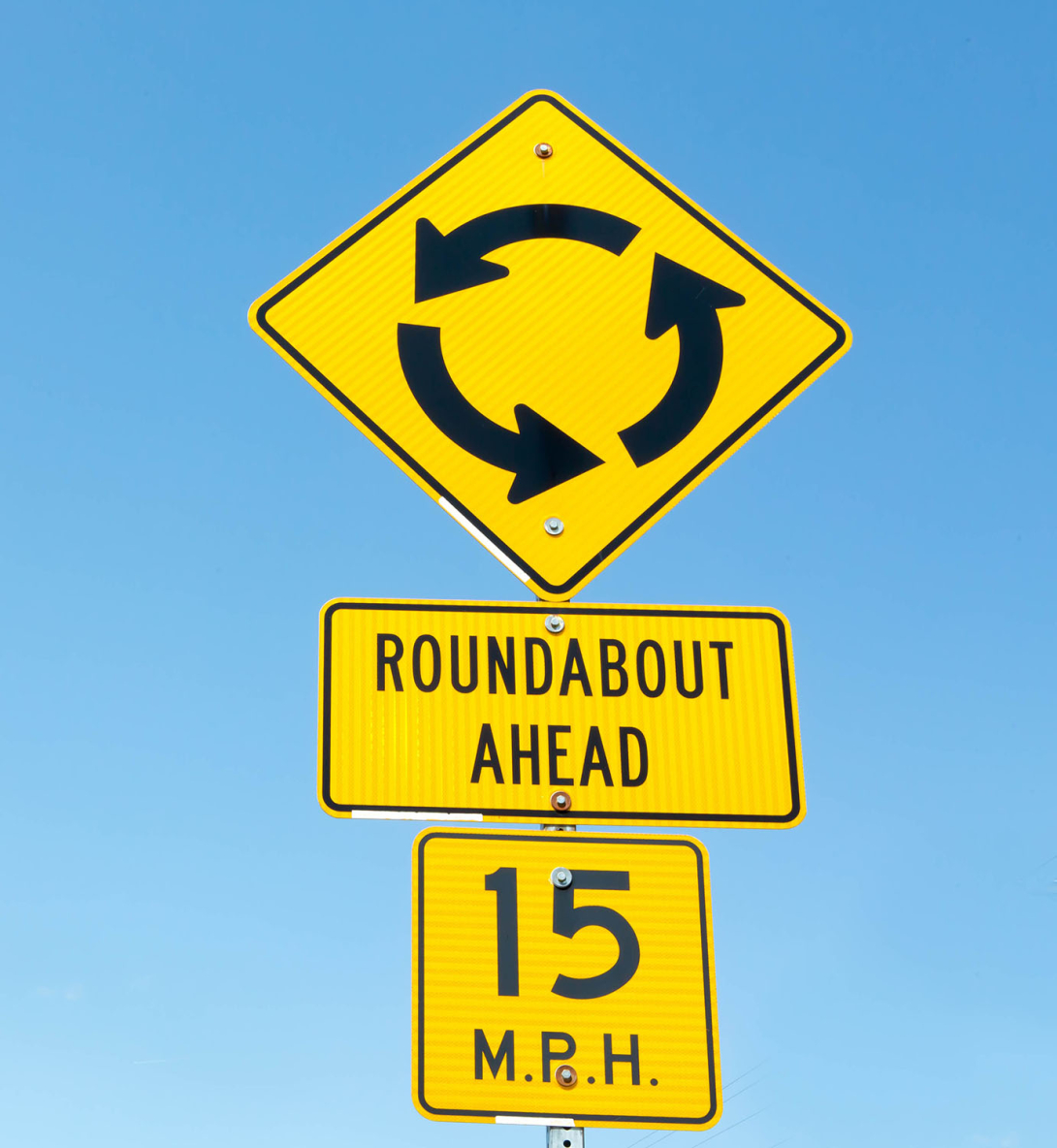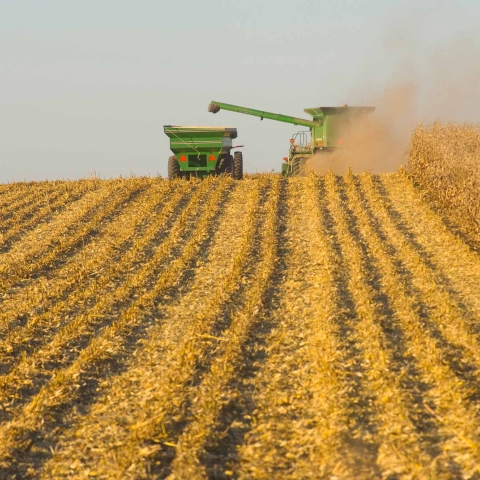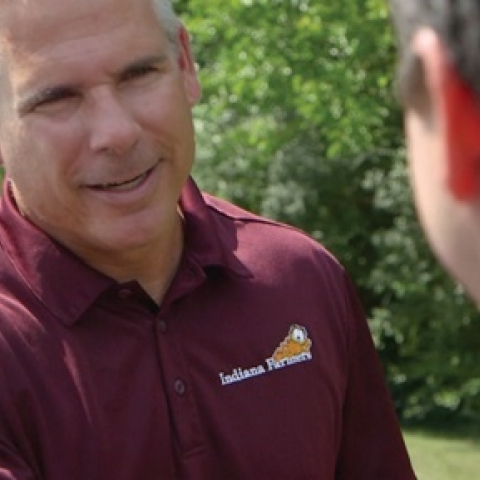Navigating Roundabouts: Tips for Drivers

How to Keep Roundabouts from Making Your Head Spin
Roundabouts can be like the traffic magicians of the road, waving their wand to help improve traffic flow, reduce accidents, and lower greenhouse gas emissions by keeping cars from idling for too long. However, they can leave drivers scratching their heads if they don't come across them often.
Here are some helpful tips on how to properly navigate these traffic circles:
Slow down and stay in your lane
Roundabouts are designed to reduce your speed as you approach intersections, while keeping traffic moving. Make sure to pay attention to the signs prior to the roundabout, showing you which lanes to be in if you are turning or going straight through the roundabout.
Yield to vehicles already in the roundabout
They have the right of way. If you have to stop, you won’t be stopped for long.
Obey one-way signs at all times
Not doing so endangers everybody.
When traffic is clear, merge to the right
Traffic flows around the circle in a counterclockwise motion. Stay in the traffic circle until you reach your exit point.
Avoid stopping in a roundabout
Roundabouts are designed to keep traffic moving. If you get confused, it is better to go around the circle again instead of stopping in it.
Yield to pedestrians and bicycles
Do this at crosswalks that precede traffic circles, not ones following it. Remember, you should never stop in a roundabout.
When exiting, signal and exit to the right
You never make a left turn in a roundabout. To make a left turn, circle around the center island approximately 270 degrees before turning right to exit.
Yield to semi-trucks
Even if you are already in the roundabout, yield to semi-trucks. It’s state law.
Roundabouts can be daunting, especially if you're unfamiliar with them. Stay composed, have confidence in your actions, and remember that they're meant to enhance intersection safety and efficiency.
The information presented in this document is for informational and educational purposes only. It is intended to assist individuals, farmers, and business owners in identifying common hazards/risks and considering proactive loss prevention or loss mitigation actions. For information related to specific loss hazards or questions regarding specific policy coverage, please contact your insurance agent.






















